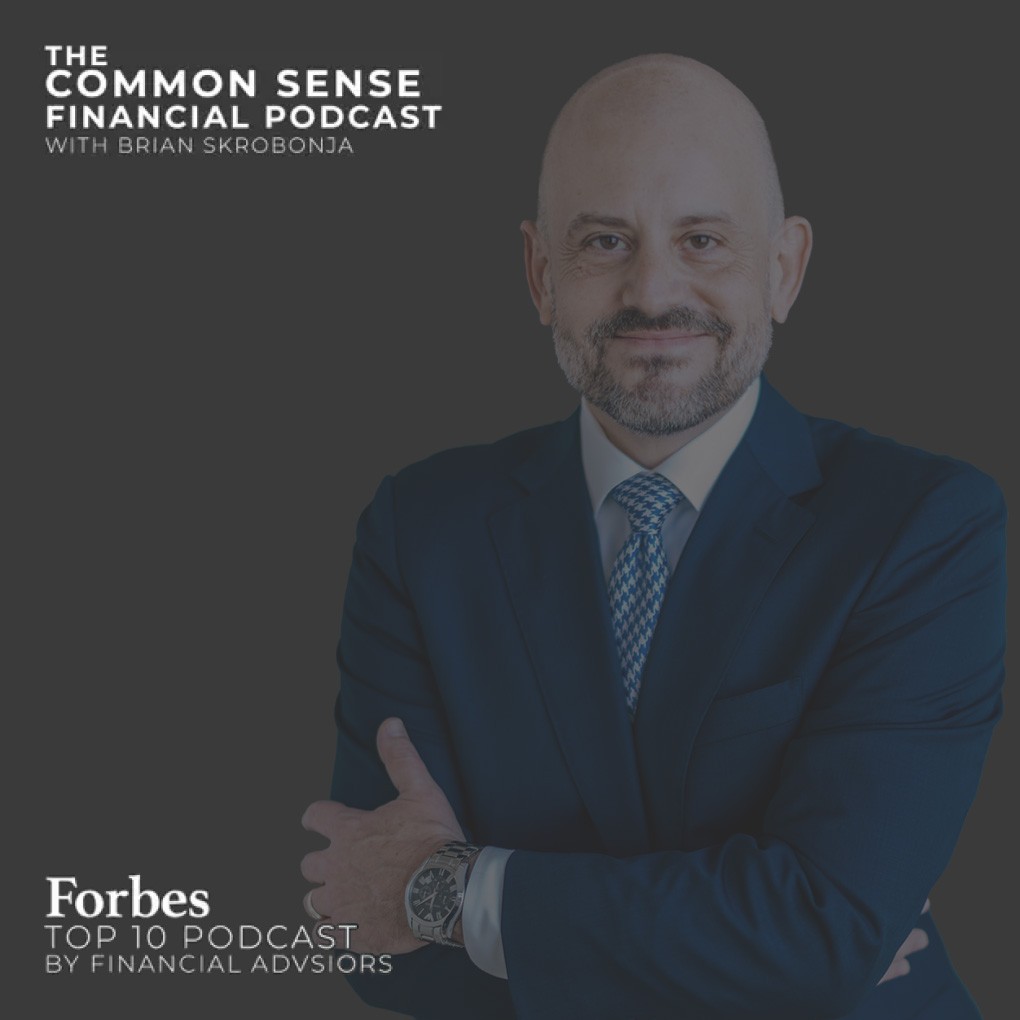If you tune into social media, there are a lot of influencers and gurus peddling one-size-fits-all financial advice and unfortunately plenty of investors base their strategies on what these people recommend.
Find out why basing your investment decisions on what’s trending on TikTok is short sighted and discover the seven indispensable steps of building wealth that are the most common among our most successful clients.
- Conventional wisdom such as paying off mortgages, quickly maxing out 401(k)’s or buying only Term Life insurance can be short sighted.
- Wealth isn’t created by following rules of thumb, random one-size-fits-all fixes, or chasing trendy financial tips. Wealth is created by developing a custom-tailored strategy that facilitates wealth creation and prepares you for the future.
- The wealthiest people aren’t doing the same things as the other 99%.
- Avoid rushing and applying random tidbits of information without first creating a comprehensive wealth strategy. We all have to take a long-term strategic view of wealth creation.
- There are seven key steps in building wealth that are common amongst all of our most successful clients.
- The first step is understanding cash flow.
- Cash Flow isn’t about monthly budgeting. It’s a 12-month roadmap that outlines where your money will go including savings, investments, and day-to-day expenses.
- Effective cash flow management is about abundance and a focus on wealth creation.
- Budgeting operates from scarcity and measures success by such things as paying off debt or simply making ends meet. Wealth doesn’t just magically form out of scarcity.
- Step two is really understanding your investment risk tolerance.
- Many investors carry far too much risk for their stated tolerance levels but have really no way of gauging what risks they’re carrying.
- It’s crucial to know where you fall on the risk spectrum and to work with a professional to help you tailor your investment strategy.
- Complete the questionnaire on our website to discover your risk tolerance and know where to start that conversation.
- Step three is to learn your tax allocation.
- Knowing how to help mitigate tax liabilities is an essential aspect of building and keeping wealth.
- Tax deferral methods like 401 K’s can be useful in some situations, they are not what we would consider comprehensive tax strategies. A deferral is not a savings.
- Knowing how to allocate assets to mitigate tax liabilities requires an understanding of your entire financial picture.
- A professional trio of maybe a certified public accountant, CPA, certified private wealth advisor, CPW, or a tax attorney, is essential for making the most of the opportunities available to you.
- Step four is to understand investment verticals.
- The more public market investments that are acquired such as stocks, bonds and mutual funds, the deeper the portfolio vertically grows, but adding more of the same to your portfolio doesn’t necessarily mitigate the exposure to the risk you’re trying to diversify away from.
- Horizontal opportunities are outside of the same vertical such as real estate businesses, private equity, and life insurance annuities, and they don’t share in the same risk pools that each vertical may be exposed to.
- Effectively diversifying reduces the risk in a portfolio overall and forms a stable foundation to build on.
- Don’t put all your eggs into one vertical basket.
- Step five is establishing multiple streams of income.
- Relying on a single source of income, like your job or a single investment is a risky proposition.
- Businesses, royalties, passive income investments, or other consulting or freelance opportunities are all ways to create more than one stream of income.
- More sources of income mean your financial situation is more robust during economic storms and you have more capacity to take advantage of opportunities.
- Number six is to adopt financial delegation.
- There’s usually an element of cost and trust when managing financial decisions in a DIY fashion. There comes a tipping point when the perceived savings of doing things on your own becomes an opportunity cost.
- The complexities involved with wealth management require specialized support from professionals.
- The cost of working with a professional can be seen as an investment when it opens up new opportunities and it allows you to focus on your strengths.
- Delegate specific financial tasks to professionals like accountants, lawyers, and financial planners. This allows you to focus your time and effort on enjoying the benefits of having the help and the division of labor helps ensure that all aspects of your financial life are managed optimally.
- Step seven is finding your purpose.
- Scroll social media and you’ll find that there are countless examples of miserable wealthy people.
- Money certainly makes things easier and helps you afford some privileged experiences but happiness is derived from inside of ourselves. You’ll never have enough money and there’s always something more to achieve.
- Answering the question of what you would do or commit your life to if money was not the motivation can offer insight into what you feel like your purpose is.
- Building wealth is not about quick fixes or following the herd. It’s about strategic informed decision making that requires an opportunity that looks at cashflow, risk tolerance, tax allocation, diverse investments, multiple income streams, financial delegation, and purpose.
Mentioned in this episode:
Common Sense Financial Podcast on YouTube
Common Sense Financial Podcast on Spotify
BrianSkrobonja.com/Resources – Free Resources To Help You Protect Your Financial Future
“The podcasts posted here before July 1, 2022 are historical in nature and were previously approved by Kalos Management, LLC. The views and statistics discussed in these shows are relevant to that time period and may not be relevant to current events. This is intended for informational and entertainment purposes only. It is not intended to be used as the sole basis for financial decisions, nor should it be construed as advice designed to meet the particular needs of an individual’s situation. Investing involves risk, including the potential loss of principal. Any references to protection, safety or lifetime income, generally refer to fixed insurance products, never securities or investments. Insurance guarantees are backed by the financial strength and claims paying abilities of the issuing carrier. Our firm is not permitted to offer and no statement made during this show shall constitute tax or legal advice. Our firm is not affiliated with or endorsed by the US Government or any governmental agency. The information and opinions contained herein provided by the third parties have been obtained from sources believed to be reliable, but accuracy and completeness cannot be guaranteed by our firm.”





